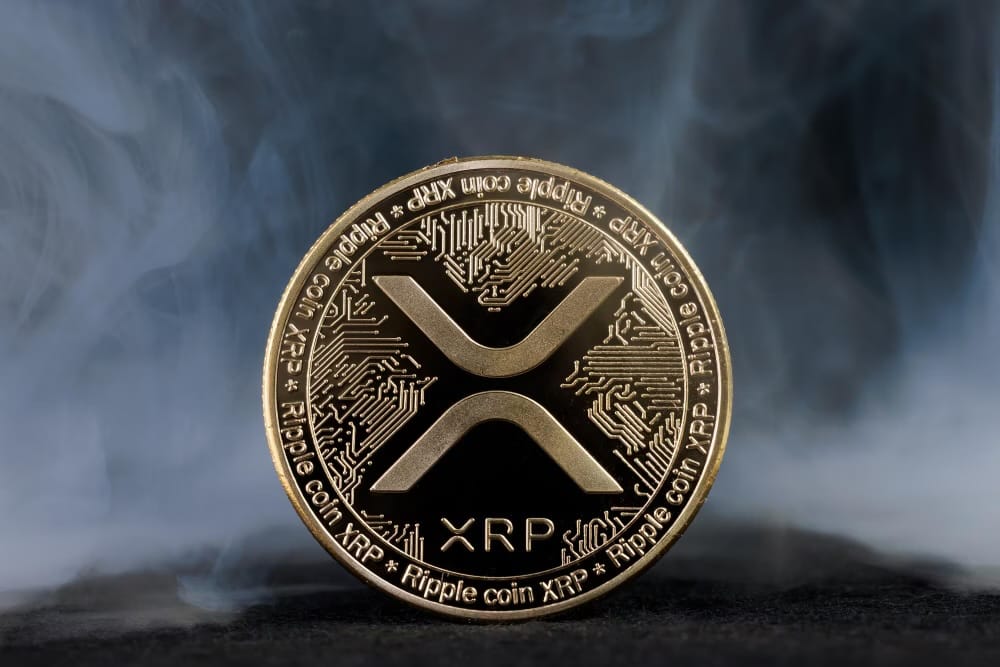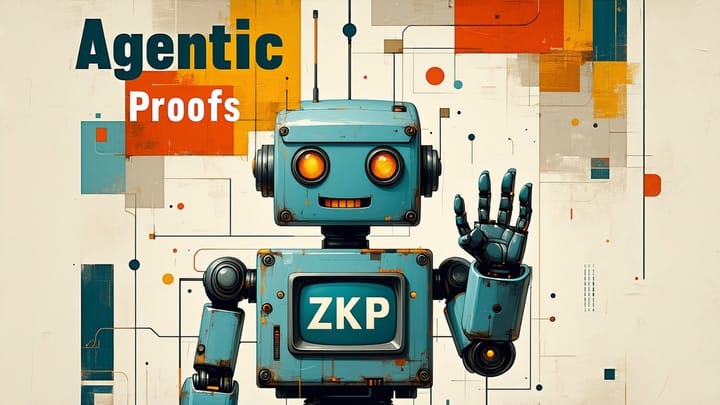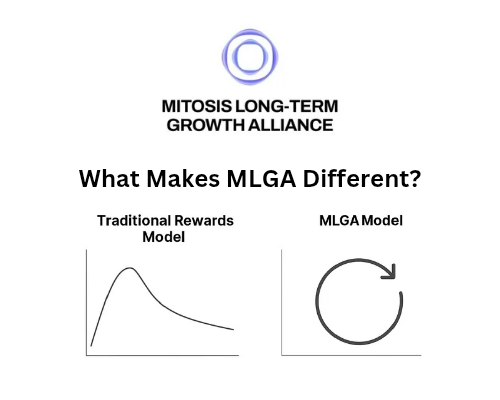XRP: Bridging the Gap Between Traditional Finance and Blockchain

Introduction
XRP, the native cryptocurrency of the XRP Ledger developed by Ripple Labs, stands out in the cryptocurrency landscape. Unlike Bitcoin and Ethereum, which are often driven by speculative trading and decentralized applications, XRP was designed with a primary focus on improving the efficiency and cost-effectiveness of cross-border payments. This unique positioning offers both opportunities and challenges in the evolving financial ecosystem.
What is XRP?
XRP is the native cryptocurrency of the XRP Ledger, an open-source blockchain developed by Ripple Labs. The XRP Ledger was designed to facilitate faster, cheaper, and more scalable cross-border transactions. XRP serves as a bridge currency, enabling financial institutions to move money across borders quickly and efficiently.
Key Features:
- Speed: XRP transactions are typically settled in just a few seconds.
- Cost: Transaction costs are incredibly low, often measured in fractions of a cent.
- Scalability: The XRP Ledger can handle up to 3,400 transactions per second, making it highly scalable for global financial operations. (Times Tabloid)
XRP vs. Ripple: Understanding the Difference
A common source of confusion is the distinction between XRP and Ripple.
- Ripple Labs: A fintech company focused on creating digital payment solutions for financial institutions.
- XRP: The digital asset used within the XRP Ledger to facilitate the exchange of value and provide liquidity for financial institutions.
Ripple Labs uses XRP to power its On-Demand Liquidity (ODL) service, which provides liquidity for cross-border payments. In this model, XRP serves as a bridge currency that enables financial institutions to move money between different fiat currencies without the need for pre-funded nostro accounts.
How XRP Works: The Technology Behind the Coin
At its core, XRP is built on the XRP Ledger, an open-source blockchain that uses a consensus algorithm to validate transactions. Unlike Bitcoin, which uses proof-of-work (PoW), or Ethereum, which has transitioned to proof-of-stake (PoS), the XRP Ledger uses a consensus algorithm known as the RippleNet Consensus Algorithm. This allows XRP transactions to be validated without the energy-intensive mining process seen with other cryptocurrencies.
Key Technical Aspects:
- Consensus Algorithm: The RippleNet Consensus Algorithm enables fast and secure transaction validation.
- Transaction Speed: Transactions are typically settled in 3–5 seconds.
- Energy Efficiency: XRP's consensus mechanism consumes approximately 0.0079 kWh per transaction, significantly less than Bitcoin's estimated 707 kWh per transaction.
Ripple's On-Demand Liquidity (ODL) Service
Ripple's flagship product is its On-Demand Liquidity (ODL) service, which leverages XRP as a bridge currency to facilitate cross-border payments. ODL eliminates the need for pre-funded nostro accounts, reducing costs and improving efficiency.
Example:
- Scenario: A financial institution in the U.S. wants to send money to a financial institution in Mexico.
- Traditional Method: Convert USD to MXN, transfer funds, and wait for settlement.
- With ODL: Convert USD to XRP, transfer XRP to a liquidity provider in Mexico, and convert XRP to MXN. The process is instant and cost-effective.
Adopters of Ripple’s ODL include:
- Santander: A global bank offering cross-border payment solutions.
- PNC Bank: A U.S.-based financial institution utilizing Ripple's technology.
- SBI Holdings: A Japanese financial services group integrating XRP into its operations.
Regulatory Challenges and Legal Issues
XRP's journey has been complicated by regulatory scrutiny, particularly from the U.S. Securities and Exchange Commission (SEC). In December 2020, the SEC filed a lawsuit against Ripple Labs, alleging that the company had conducted an unregistered securities offering by selling XRP.
In 2023, a federal court ruled that XRP is not a security when traded on public exchanges. However, the SEC appealed this decision. In March 2025, Ripple announced that the SEC had withdrawn its appeal, marking a significant shift in the regulatory landscape for cryptocurrencies. (Investopedia, MarketWatch, Reuters)
Impact:
- Market Reaction: The withdrawal of the SEC's appeal led to a 13.73% increase in XRP's price. (Business Insider)
- Regulatory Clarity: The decision provides clearer guidance for the classification of digital assets in the U.S.
XRP's Future: Potential and Challenges
Looking ahead, XRP's future depends on several key factors:
- Regulatory Clarity: Continued positive developments in regulatory environments will support XRP's adoption.
- Adoption in Financial Sector: Increased use of XRP in cross-border payments and integration with Central Bank Digital Currencies (CBDCs) will drive growth.
- Competition: XRP faces competition from other blockchain projects, including Stellar (XLM), and traditional financial institutions exploring blockchain technology.
Opportunities:
- CBDC Integration: XRP could play a significant role in providing liquidity and facilitating cross-border transactions between different CBDCs.
- Institutional Adoption: Continued partnerships with financial institutions will expand XRP's use cases and market presence.
Conclusion: XRP’s Role in the Evolution of Global Finance
XRP has carved a distinct path in the cryptocurrency space by focusing on solving a real-world problem: the inefficiencies of cross-border payments. While many digital assets are still searching for utility, XRP has already been integrated into financial systems across multiple continents, offering a faster, cheaper, and more sustainable alternative to traditional remittance networks.
Its technical advantages — such as high throughput, low fees, and energy-efficient consensus — position XRP as a strong candidate for institutional adoption. Ripple’s innovative use of XRP in its On-Demand Liquidity (ODL) service further demonstrates how blockchain can coexist with, and even enhance, the traditional banking infrastructure.
Despite these strengths, XRP’s journey has not been without controversy. The prolonged legal battle with the U.S. Securities and Exchange Commission (SEC) highlighted the regulatory uncertainties that still plague the crypto industry. However, the recent dismissal of the SEC's appeal and the court ruling in Ripple’s favor mark a significant turning point. With legal clarity improving, the doors may open wider for U.S.-based exchanges and institutional investors to re-engage with XRP.
Looking ahead, XRP stands at the crossroads of innovation and mainstream adoption. If Ripple can continue building strategic partnerships, contribute to the development of Central Bank Digital Currencies (CBDCs), and maintain its technological edge, XRP may well become a foundational layer in the next generation of global finance.
Learn with mitosis







Comments ()